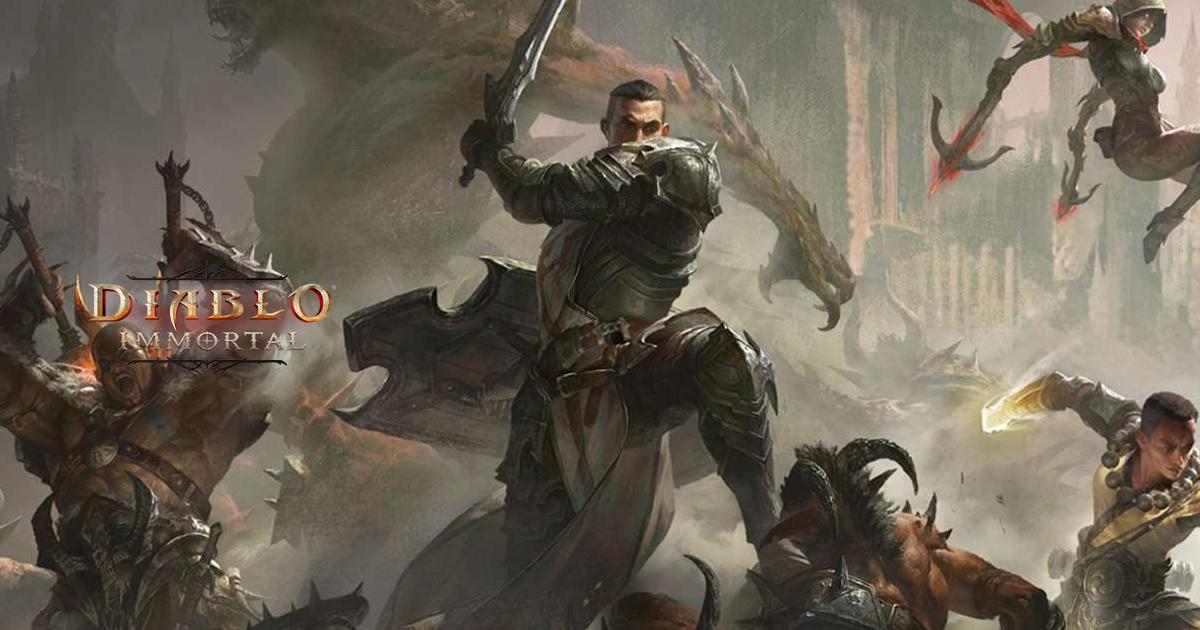Diablo Immortal Review - A Flawed Yet Lore-Rich and Enjoyable Entry to the Iconic Series
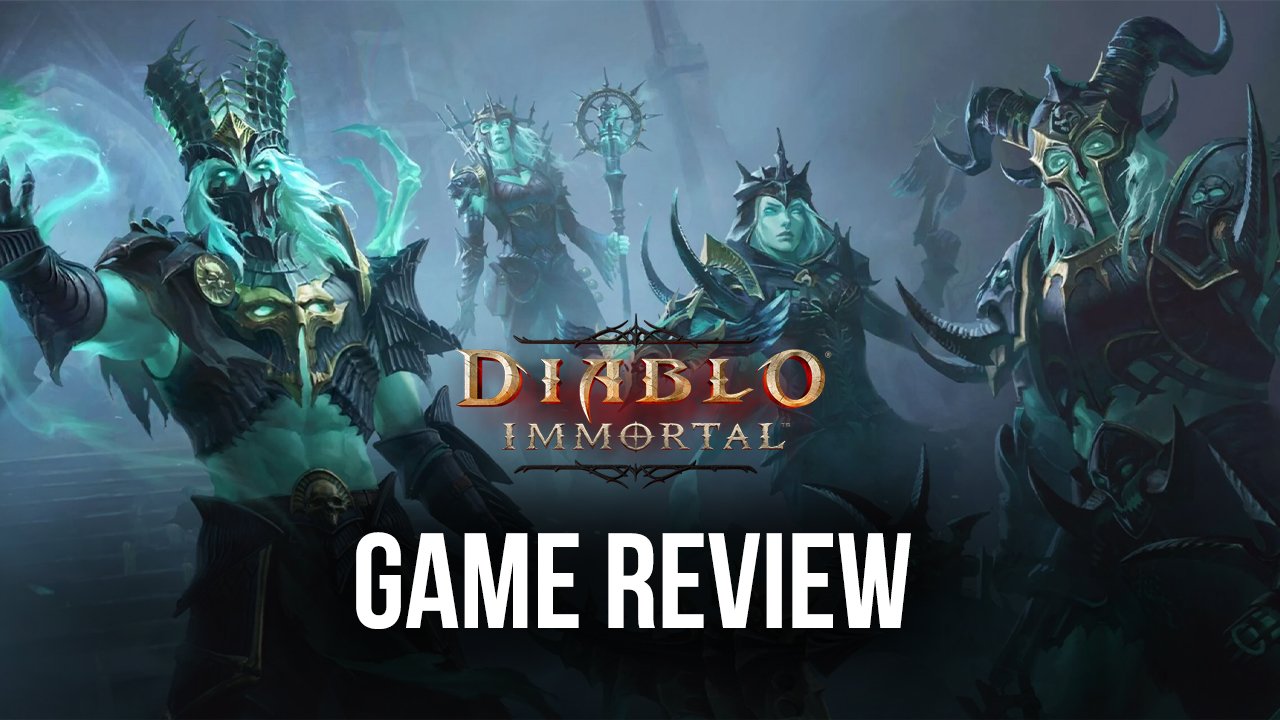
The time has finally come. Four years after its announcement, and against all odds, Diablo Immortal has finally been released. We used to joke around with this game, saying things like, due to its current place in development hell, you’d HAVE to be immortal if you want to play the game by the time it comes out. However, we’re pleased to say that Blizzard has proven us wrong by actually releasing Immortal within our lifetime, and we couldn’t be more hyped to try it out.

Right off the bat, we can safely say that, if you’re a fan of the series and have enjoyed all the games, from the first Diablo to Diablo 3: Reaper of Souls, then you’re definitely in for a treat with Diablo Immortal, as this game offers the same bells and whistles that have made this into a staple series in the action RPG genre. And while we’ll get into what could tarnish the experience with this game further down in this review, the only thing you need to know if you’re interested in the series is that this game does justice to the Diablo name, at least much more than Diablo 3 did when it was first released.
In this review, we’ll be talking about the basic premise and core gameplay systems in Diablo Immortal, as well as give our personal impressions on each of these. For the sake of brevity, we won’t be discussing the PvP systems or classes, as these merit entirely separate articles for themselves, and will instead focus more on the PvE and progression aspects.
Graphics and Presentation
Just from taking a quick glance at the game—and this was something we already knew coming from having watched the trailers—we can immediately tell that Diablo Immortal was clearly inspired by Diablo 3, at least as far as the art style goes. The game features a subdued color palette leaning more towards browns, greens, and lots of yellows and golds, and also favors a cartoony aesthetic instead of hyper realistic graphics. In a nutshell, we can say that while not groundbreaking in any way, the visuals are heavily stylized with the familiar Diablo 3 aesthetic.
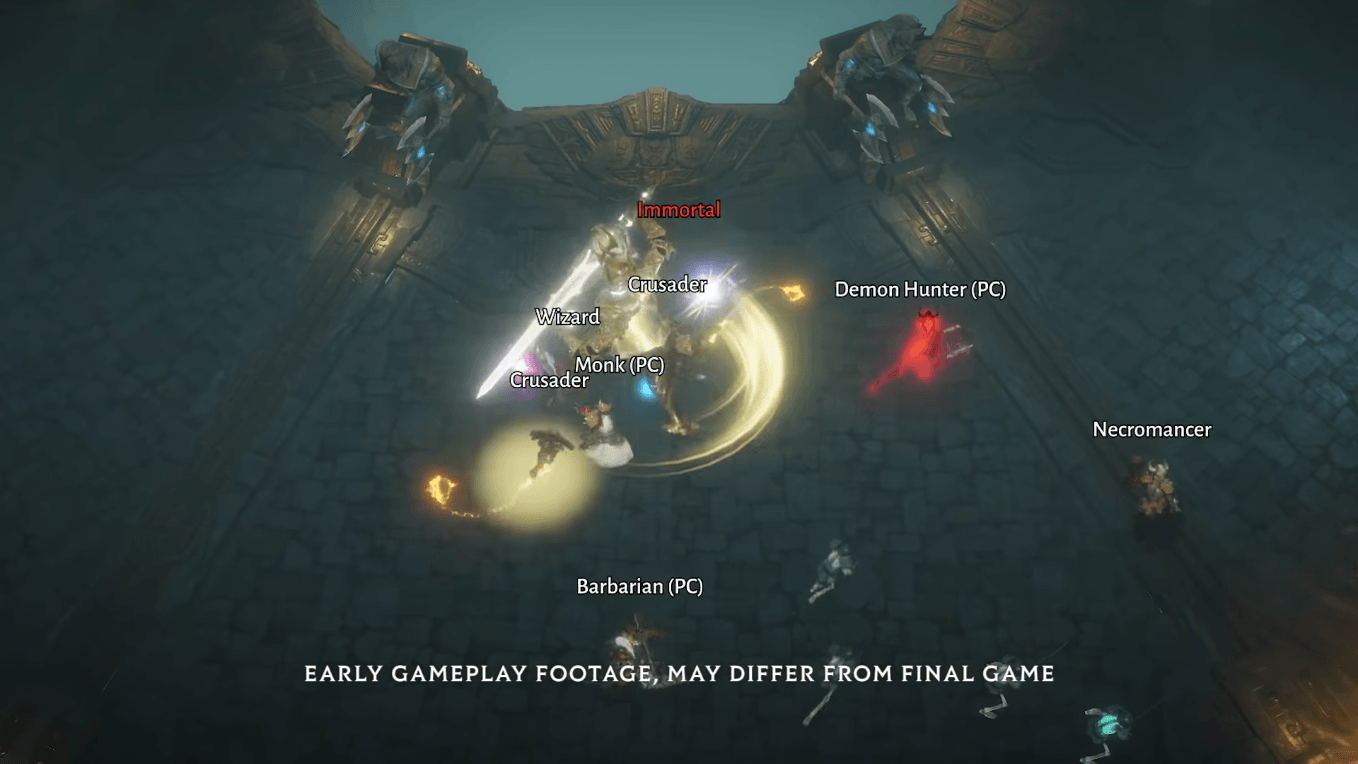
Performance-wise, this game is a dream, though we’ve seen mixed responses in this regard, with some users having frame rate troubles on their high-end phones, while others can reportedly play with a smooth frame rate on budget devices. We’re guessing that there are probably some optimizations that will need to be done, though this is hardly unexpected for new releases in this day and age. Overall, we can’t complain, especially when playing Diablo Immortal on PC with BlueStacks, as our Android App player will give not only the best graphics, but also the best performance when enjoying this title on your computer.
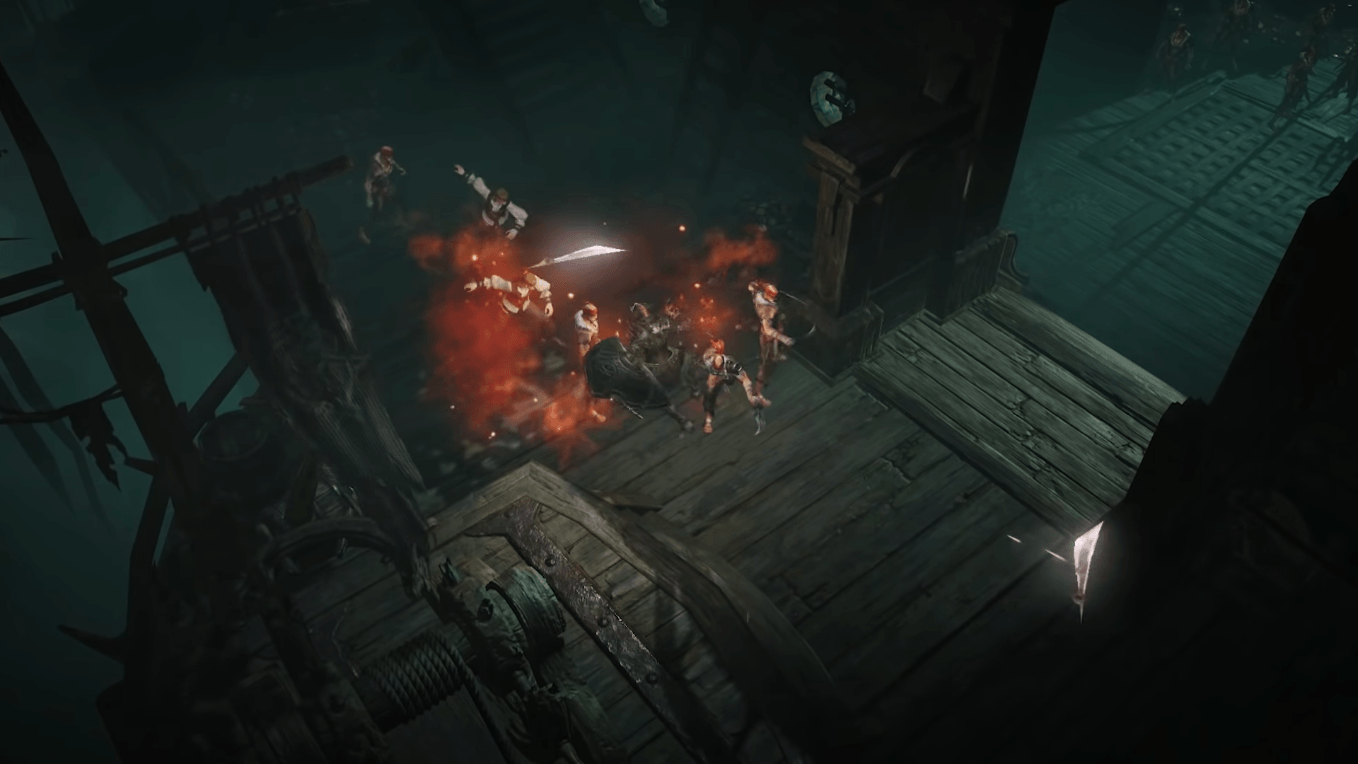
Aesthetics aside, Immortal also has magnificent animations and particle effects, which makes it extra fun to just march into huge crowds of enemies and going to town on them.
Story and Lore
This is, by far, one of the best aspects of Diablo Immortal, though unfortunately, it’s also one of the most short-lived, particularly since you can witness a good story really only once, as subsequent playthroughs just won’t have the same impact. Diablo Immortal is no exception as, being Diablo fans ourselves, even though we find the premise exceedingly interesting, we have no intentions of rewatching the scenes and dialogs when we go back to level up other characters.
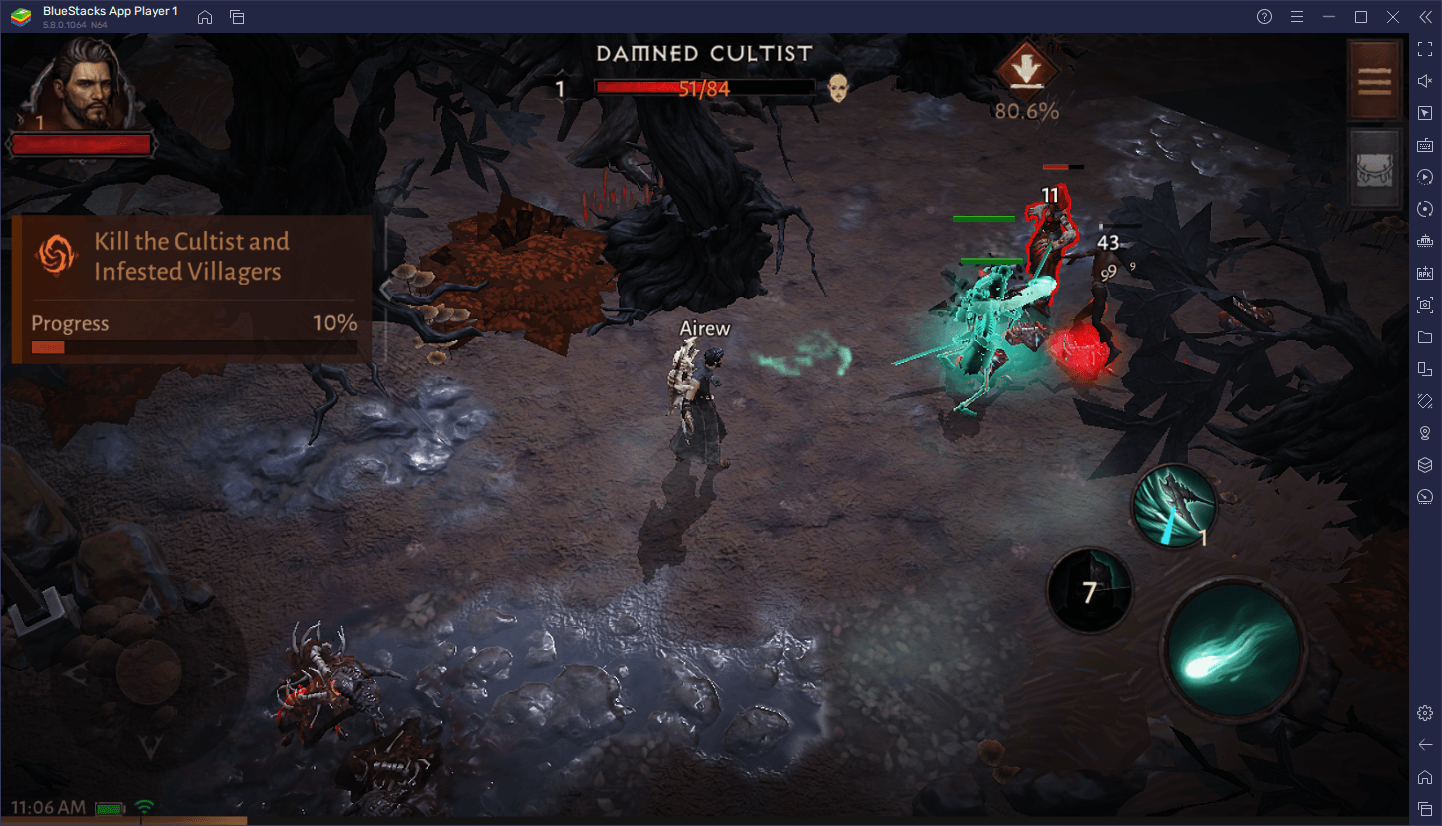
In this case, the story is set five years after the events of Diablo 2: Lord of Destruction. With the Worldstone shattered after the Archangel Tyrael gave his life to rid the world of its corruption at the hands of Baal, the Lord of Destruction, the world has since been plunged into chaos. This is because while the Prime Evils were no longer, thanks to Tyrael and the aid of several brave adventurers, some of Baal’s corruption actually managed to seep into the land, sowing the seeds for the Eternal Conflict between heaven and hell to eventually rekindle and reignite into all-out war, as seen in Diablo 3.

Nevertheless, while we know where the story will eventually end up, as is the case whenever a game or film gets a prequel, Diablo Immortal is very interesting as it will take us through some key events that set the stage for the resurfacing of the Eternal Conflict. Namely, we’ll be able to learn how Tyrael was able to resurrect in the high heavens and subsequently forfeit his position as the Archangel of Justice; how Maghda and Adria took control of the Coven, the cult responsible for resurrecting Diablo and allowing the Lord of Terror to take the Eternal Conflict to the very gates of heaven, and many more pivotal events in the series’ timeline.
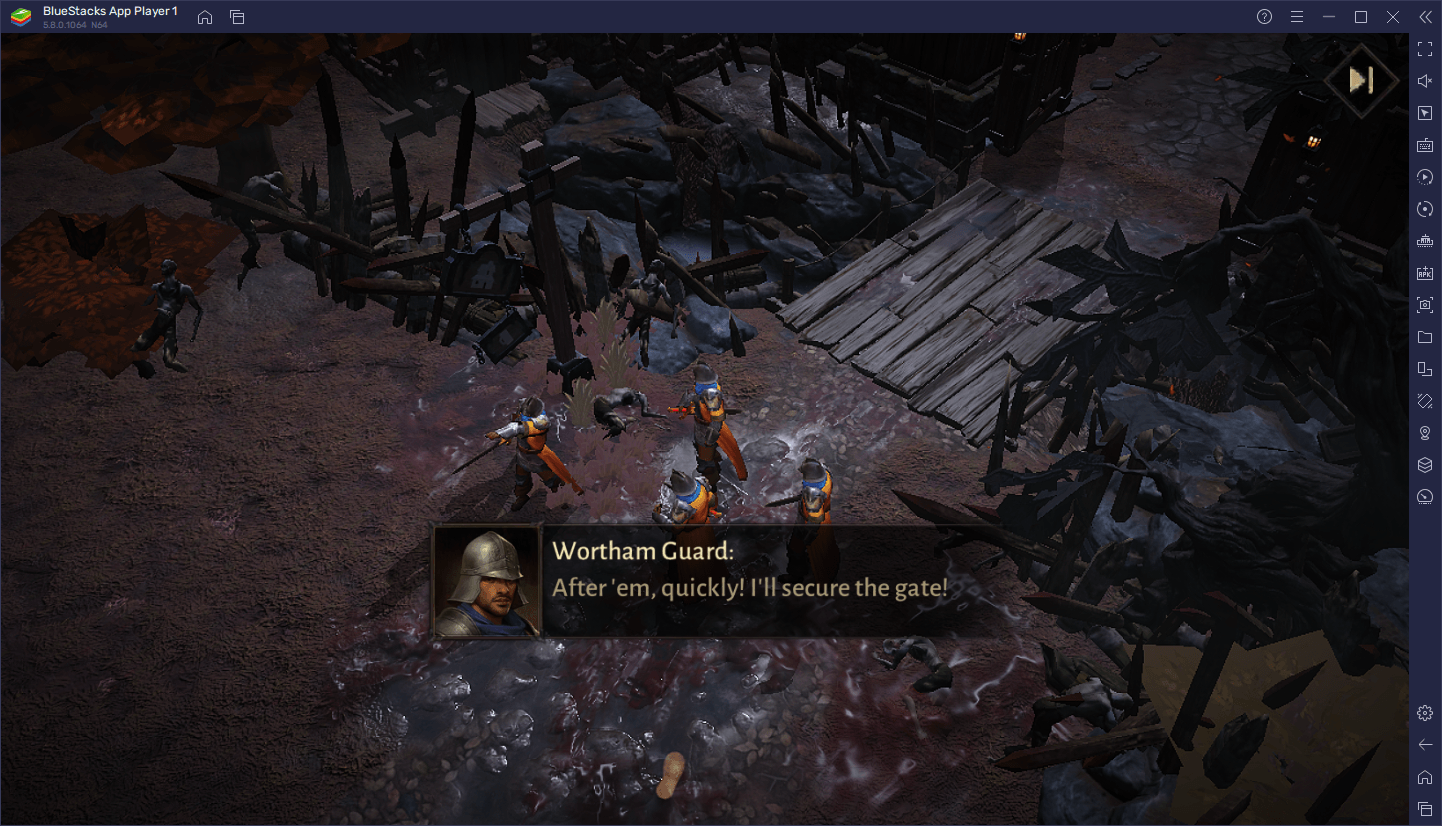
If anything, and despite its shortcomings, Diablo Immortal does a great job of tying together Diablo 2 with Diablo 3, and fills some of the gaps and questions that the latter had left open.
The Gameplay and How Diablo Immortal Misses the Mark
Now comes the part where Diablo Immortal gets very fun, and very tedious at the same time: Diablo Immortal plays just like any other Diablo game; you run around maps, interact with a few NPCs in key locations, and spend most of your time clearing hordes of monsters as you go from point A to point B. Easy, simple, fun!
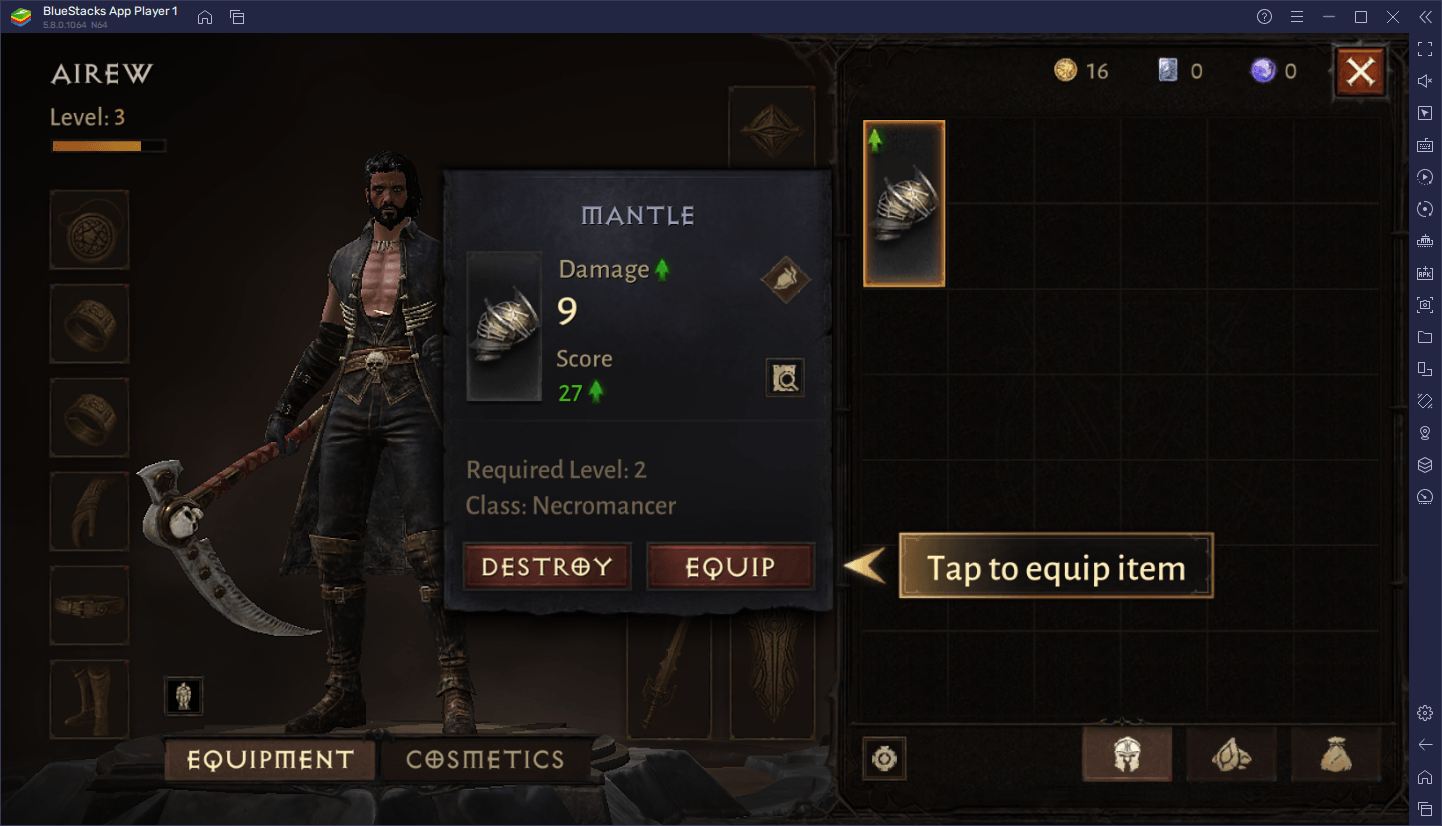
Along the way, your character will level up and earn new skills to diversify their approach to many different situations, and this is where the cracks start showing for us. Diablo Immortal is one of the most restrictive entries in the series due to the sheer lack of skills and how the skill modifications system works.
In Diablo 3, you would not only learn skills as you leveled up, but you also learned new runes, which you could equip to your skills to change their behavior in many different ways. In this sense, while two players could be using the same main skills, they could perform radically differently depending on their runes. Diablo Immortal does away with runes, and instead offers a gear-based skill modification system, where some pieces of equipment can actually modify some of your characters’ skills, taking the place of Diablo 3 runes. This system COULD be good, and it actually is, for the most part, until we talk about gems.
Gems and How They Sour the Endgame Experience
Gems in this game function as they usually have since Diablo 2: you stick them inside sockets in your equipment and they grant the character some stats. However, just like with your gear in Immortal, some Legendary Gems can provide unique modifiers to your skills, or even give your characters new skills outright, making these items the most coveted treasures in the Diablo Immortal endgame.
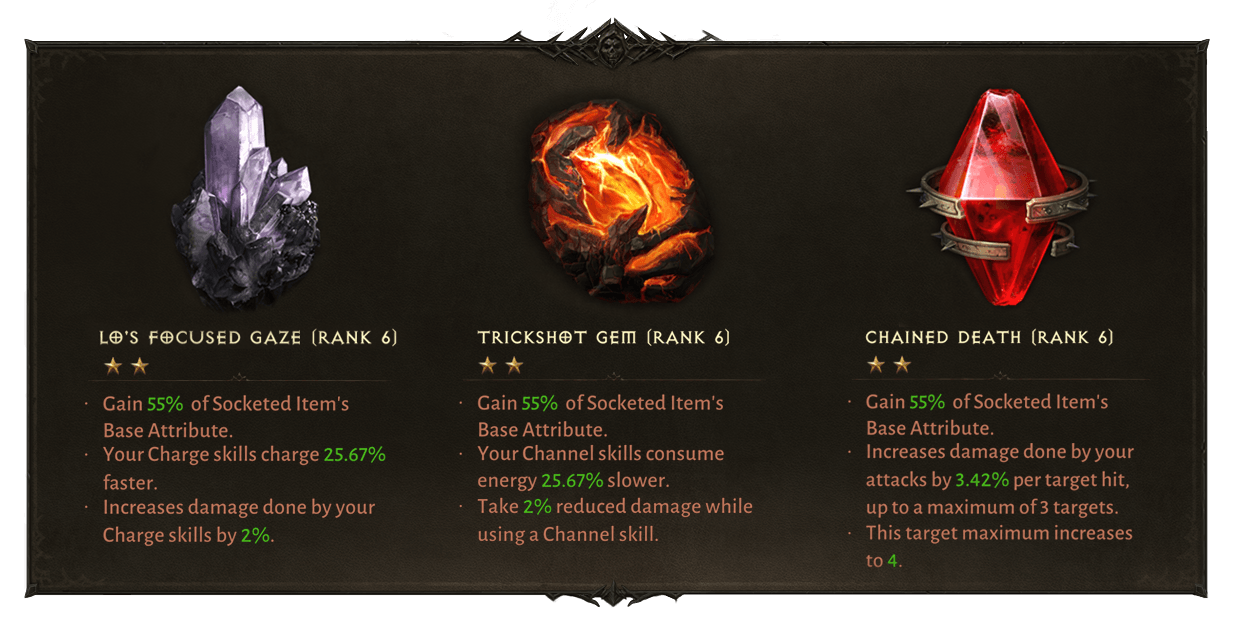
These Legendary gems can be obtained by completing Elder Rifts, endgame dungeons that yield random rewards on completion. However, by attaching Rare and Legendary Crests to each Elder Rift, players can influence the rewards received by completing them, with the former giving a 5% chance of receiving a 1 or 2-star Legendary Gem; and the latter GUARANTEEING a Legendary gem of any star level upon completing the Rift. Meanwhile, you can only obtain these Rare and Legendary Crests through uncommon rewards from completing quests and from leveling up the battle pass, or by purchasing them with real money, at a rate of about $25 per every 10 Legendary Crests.
Now, we all know where this is going: Despite being a mostly fair f2p gaming experience, at least if you’re only interested in the story, the endgame in Diablo Immortal heavily favors those who spend money, as these players will have much more access to Legendary Crests, and therefore will be able to farm Legendary Gems much easier than those who don’t want to spend money. And since these Gems can often make or break builds, or at least give huge advantages to the player, it’s hard not to call Diablo Immortal’s endgame a pay-to-win whalefest.
And all of this is without mentioning the gear and gem upgrading process, which requires you to acquire multiple copies of the same Legendary gem you want to upgrade it, as well as farm other Legendary gems to be used as fodder and dismantled into Gem Power, a necessary upgrade resource. Once upgraded to the maximum rank and level, these gems can be used for awakening pieces of gear, granting them even better benefits and properties.
With an endgame leaning heavily towards acquiring and upgrading gems that can only be reliably farmed through purchasing Legendary Crests, this is something that will very likely ruin the Diablo Immortal post-story content for many players.
In conclusion, Diablo Immortal is an awesome entry in the Diablo series, and one that we’re happy that it actually made it onto the market. Aside from the sketchy and predatory endgame, the core game is as solid as it gets. And if you’re a fan of the lore in the series, you’ll definitely want to play through it at least once, just to see how Blizzard ties many loose ends that remained between the events of Diablo 2 and Diablo 3. Bonus points if you play it on PC with BlueStacks!








